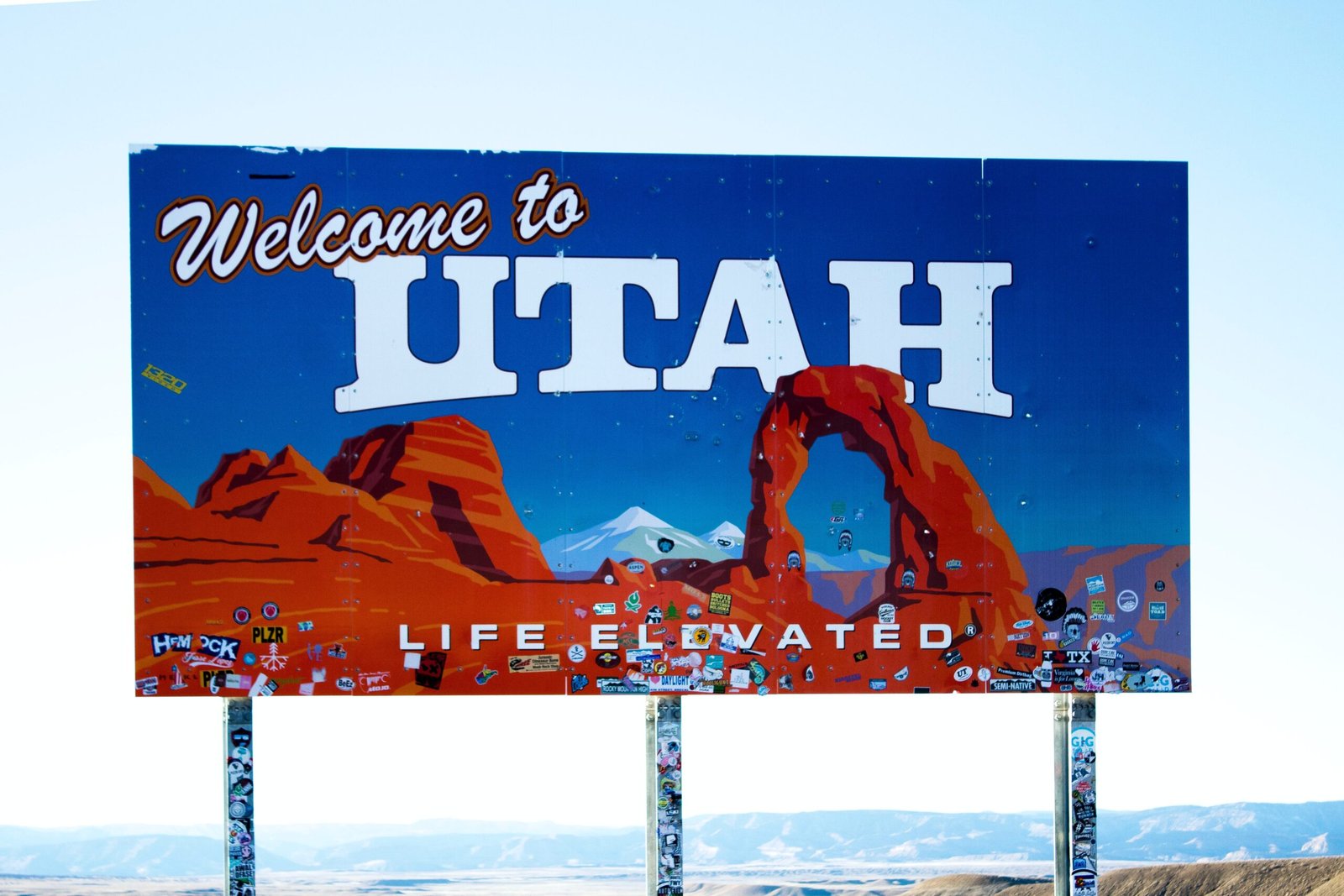On January 4, 1896, Utah achieved a significant milestone in its history by becoming the 45th state of the United States. This momentous event marked the culmination of a lengthy and complex journey towards statehood, shaped by both political and cultural factors.
Utah’s path to statehood was not without challenges. One of the major obstacles was the practice of polygamy, which was deeply ingrained in the early Mormon settlers who had migrated to the region. Polygamy, the practice of having multiple wives, was seen as a direct challenge to the norms and values of the wider American society.
The United States government, concerned about the implications of polygamy, made it a condition for Utah’s statehood that the Mormon Church formally renounce the practice. This requirement was met in 1890 when the church issued the Manifesto, a declaration disavowing polygamy. The Manifesto was a vital step towards resolving the conflict between the Mormon community and the federal government.
The renunciation of polygamy paved the way for Utah’s admission into the Union. The statehood bill was introduced in Congress, and after a rigorous debate, it was finally approved. On January 4, 1896, President Grover Cleveland signed the proclamation admitting Utah as the 45th state of the United States.
Utah’s unique cultural heritage and natural beauty have made it a prominent state in the American West. The state is home to several national parks, including Zion National Park, Bryce Canyon National Park, and Arches National Park. These breathtaking landscapes attract millions of visitors each year, who come to witness the stunning red rock formations, towering cliffs, and diverse wildlife.
In addition to its natural wonders, Utah is renowned for its ski resorts. The state’s snowy mountains provide excellent opportunities for winter sports enthusiasts. Resorts such as Park City Mountain Resort, Deer Valley Resort, and Snowbird Ski Resort offer world-class skiing and snowboarding experiences.
Utah’s historical significance extends beyond its statehood. The state played a crucial role in the westward expansion of the United States. The Mormon pioneers, led by Brigham Young, settled in the Salt Lake Valley in 1847, establishing a thriving community amidst the rugged terrain. Their perseverance and industriousness transformed the arid landscape into a prosperous region.
To delve deeper into the historical context of Utah’s statehood, one can refer to various external references. The Utah State Archives, for instance, houses a wealth of documents, photographs, and records that chronicle the state’s journey towards statehood. The National Park Service’s website provides detailed information about Utah’s national parks and their significance in American history.
Utah’s statehood in 1896 was a moment of triumph and progress. It marked the end of a contentious period and ushered in a new era for the state. Today, Utah stands as a testament to the resilience and determination of its people, who have preserved their unique cultural heritage while embracing the opportunities of the modern world.
In conclusion, the admission of Utah as the 45th state of the United States on January 4, 1896, was a significant milestone in the state’s history. Overcoming the challenges posed by the practice of polygamy, Utah embarked on a journey towards statehood that ultimately shaped its identity and cultural heritage. From its stunning national parks to its world-class ski resorts, Utah continues to captivate visitors with its natural beauty and rich history.

